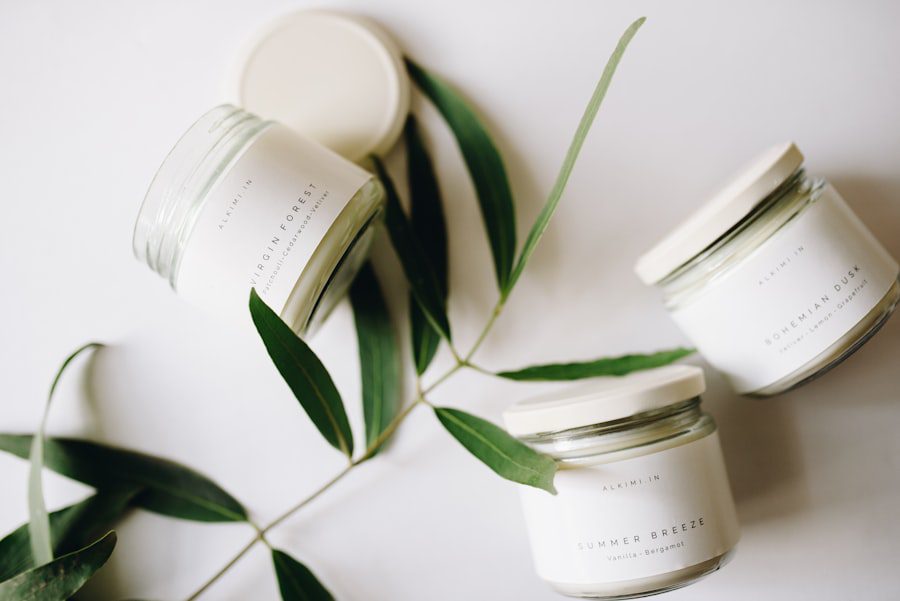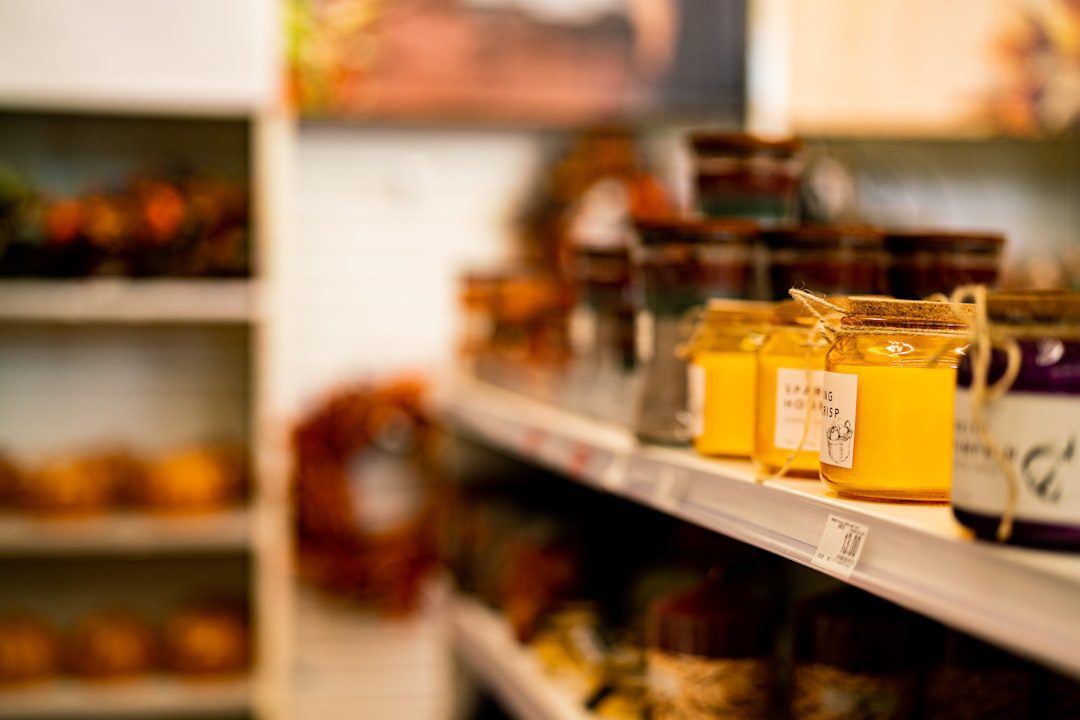Using natural dyes for coloring candles in an eco-friendly way.
Natural dyes have been utilized for centuries, tracing their roots back to ancient civilizations that relied on the colors derived from plants, minerals, and insects. Unlike synthetic dyes, which are often laden with chemicals and can pose health risks, natural dyes offer a more organic approach to coloring various materials, including textiles, food, and candles. The resurgence of interest in natural dyes can be attributed to a growing awareness of environmental sustainability and a desire for non-toxic alternatives in everyday products.
As consumers become more conscious of the ingredients in their personal care and home products, the appeal of natural dyes continues to rise. The process of creating natural dyes is as diverse as the sources from which they are derived. From the vibrant hues of indigo extracted from the leaves of the indigo plant to the rich reds obtained from cochineal insects, the spectrum of colors available through natural means is vast.
In candle making, these dyes not only enhance the aesthetic appeal of the finished product but also align with a broader movement towards eco-friendly practices. As artisans and hobbyists explore the world of natural dyes, they discover not only the beauty of these colors but also the stories and traditions behind them, enriching their craft with historical significance.
Key Takeaways
- Natural dyes are derived from plants, minerals, and insects, and are a sustainable and eco-friendly alternative to synthetic dyes.
- Using natural dyes for coloring candles can result in unique and vibrant colors, as well as a more natural and organic appearance.
- Different types of natural dyes, such as madder root, turmeric, and indigo, can be used to achieve a wide range of colors for candles.
- To use natural dyes for coloring candles, they can be added to the melted wax and mixed thoroughly before pouring into molds.
- Tips for achieving desired colors with natural dyes include experimenting with different dye concentrations and using mordants to enhance color intensity.
Benefits of Using Natural Dyes for Coloring Candles
One of the primary benefits of using natural dyes in candle making is their non-toxic nature. Many synthetic dyes contain harmful chemicals that can release toxins when burned, potentially affecting indoor air quality and posing health risks to those nearby. In contrast, natural dyes are derived from organic materials, making them a safer choice for those who prioritize health and well-being in their living spaces.
This aspect is particularly appealing to families with children or pets, where safety is a paramount concern. Additionally, natural dyes offer a unique aesthetic that synthetic dyes often cannot replicate. The colors produced by natural sources tend to have depth and complexity, resulting in shades that are rich and varied.
For instance, a candle colored with beet juice may exhibit a range of pinks and reds depending on the concentration used, while synthetic dyes often yield flat, uniform colors. This variability allows candle makers to create one-of-a-kind pieces that reflect their personal style and creativity. Furthermore, the use of natural dyes can enhance the overall sensory experience of a candle, as many natural colorants also impart subtle fragrances that complement the candle’s scent profile.
Different Types of Natural Dyes for Coloring Candles
The world of natural dyes is expansive, encompassing a wide array of sources that can be used to achieve various colors in candle making. Plant-based dyes are among the most common, with options such as turmeric for yellow, spinach for green, and hibiscus for red. Each plant offers its own unique properties; for example, turmeric not only provides a vibrant yellow hue but also has anti-inflammatory properties that can be beneficial in other applications.
In addition to plant sources, other natural materials can be utilized for dyeing candles. For instance, minerals like ochre can produce earthy tones ranging from yellows to reds, while certain clays can impart subtle shades that enhance the candle’s overall appearance. Insects such as cochineal yield brilliant reds and pinks when processed correctly.
The diversity of these sources allows candle makers to experiment with combinations and techniques to achieve their desired results. Moreover, many of these materials are readily available or can be grown at home, making them accessible for both novice and experienced candle makers.
How to Use Natural Dyes to Color Candles
Incorporating natural dyes into candle making requires a slightly different approach than using synthetic colorants. The first step involves preparing the dye source, which may include extracting color from plants or minerals through boiling or soaking. For example, to create a dye from beetroot, one would chop the beets and simmer them in water until the liquid takes on a deep red hue.
This dye can then be strained and set aside for use in candle making. Once the dye is prepared, it can be mixed with melted wax before pouring it into molds or containers. The amount of dye needed will vary depending on the desired intensity of color; typically, starting with small amounts and gradually increasing is advisable to avoid overpowering the wax.
It’s essential to ensure that the dye is well incorporated into the wax to achieve an even color throughout the candle. Additionally, some candle makers choose to add essential oils or fragrance oils at this stage to enhance the sensory experience further.
Tips for Achieving Desired Colors with Natural Dyes
Achieving specific colors with natural dyes can be both an art and a science. One effective strategy is to experiment with different concentrations of dye; starting with a small batch allows for adjustments without wasting materials. Keeping detailed notes on the amounts used and the resulting colors can help replicate successful outcomes in future projects.
Additionally, blending different natural dyes can yield unique shades that are not achievable with single-source colorants. Another important consideration is the type of wax being used. Different waxes can interact with natural dyes in various ways; for instance, soy wax may absorb colors differently than paraffin or beeswax.
Testing small samples before committing to larger batches can help identify how each wax responds to specific dyes. Furthermore, factors such as temperature during pouring and cooling times can influence the final appearance of the candle. By controlling these variables, candle makers can refine their techniques and achieve more consistent results.
Eco-Friendly Practices in Candle Making with Natural Dyes
The Benefits of Natural Dyes in Candle Making
The use of natural dyes in candle making is a practice that aligns perfectly with eco-friendly principles. By choosing plant-based or mineral-based colorants, artisans can significantly reduce their reliance on synthetic chemicals that can harm both human health and the environment. Many natural dye sources are biodegradable and do not contribute to pollution when disposed of properly.
Promoting Sustainability in Candle Making
In today’s era, where sustainability is becoming increasingly important in consumer choices, the use of natural dyes in candle making is particularly significant. Sourcing materials locally or growing them at home can further enhance eco-friendliness. For example, cultivating herbs like chamomile or marigold not only provides a source for dye but also promotes biodiversity and supports local ecosystems.
Reducing Waste through Creative Reuse
Using recycled or upcycled containers for candles is another way to reduce waste and encourage creative reuse of materials. This approach not only minimizes waste but also inspires artisans to think outside the box and come up with innovative solutions. By integrating these practices into their craft, candle makers can create beautiful products while minimizing their ecological footprint.
Potential Challenges and Solutions when Using Natural Dyes for Coloring Candles
While natural dyes offer numerous benefits, they also present certain challenges that candle makers must navigate. One common issue is color consistency; unlike synthetic dyes that provide predictable results, natural dyes can vary significantly based on factors such as plant maturity, soil conditions, and extraction methods. To mitigate this challenge, it is advisable to establish a standardized process for preparing dyes and to source materials from reliable suppliers whenever possible.
Another potential hurdle is the fading of colors over time. Natural dyes may not have the same lightfastness as synthetic options, leading to changes in appearance as candles age or are exposed to sunlight. To address this issue, candle makers can experiment with different fixatives or mordants that may help stabilize colors within the wax matrix.
Additionally, storing finished candles in cool, dark places can prolong their vibrancy and overall quality.
Conclusion and Final Thoughts on Using Natural Dyes for Coloring Candles
The journey into using natural dyes for coloring candles opens up a world rich in creativity and sustainability. As artisans embrace these organic alternatives, they not only enhance their craft but also contribute positively to environmental stewardship and health-conscious living. The myriad benefits—from safety and aesthetic appeal to eco-friendly practices—make natural dyes an attractive option for both hobbyists and professional candle makers alike.
As interest in natural products continues to grow, so too does the potential for innovation within this field. By sharing knowledge and techniques among peers and communities, candle makers can inspire one another to explore new possibilities with natural dyes. Ultimately, this exploration fosters a deeper connection between creators and their materials while promoting a more sustainable approach to crafting beautiful candles that illuminate our lives without compromising our health or our planet’s well-being.
If you are interested in learning more about the history of candles and how they have evolved from ancient times to modern days, check out this fascinating article here. It provides a comprehensive overview of the different uses and materials used in candle making throughout the ages. This knowledge can further enhance your understanding of how to use natural dyes for coloring candles in an eco-friendly way.
FAQs
What are natural dyes?
Natural dyes are dyes derived from plants, minerals, or other natural sources. They are used to color various materials, including textiles, paper, and candles, in an eco-friendly and sustainable way.
How can natural dyes be used to color candles?
Natural dyes can be used to color candles by incorporating them into the wax during the candle-making process. This can be done by infusing the wax with natural dye extracts or adding powdered natural dyes directly to the melted wax.
What are the benefits of using natural dyes for coloring candles?
Using natural dyes for coloring candles offers several benefits, including reducing the environmental impact of candle production, supporting sustainable and ethical practices, and creating unique and beautiful colors inspired by nature.
What are some common sources of natural dyes for coloring candles?
Common sources of natural dyes for coloring candles include plant-based materials such as turmeric, beetroot, indigo, and madder root, as well as natural minerals like ochre and clay.
Are there any limitations to using natural dyes for coloring candles?
While natural dyes offer many benefits, they may have limitations in terms of color intensity, lightfastness, and availability of certain shades. It’s important to experiment with different natural dyes and techniques to achieve the desired results.













